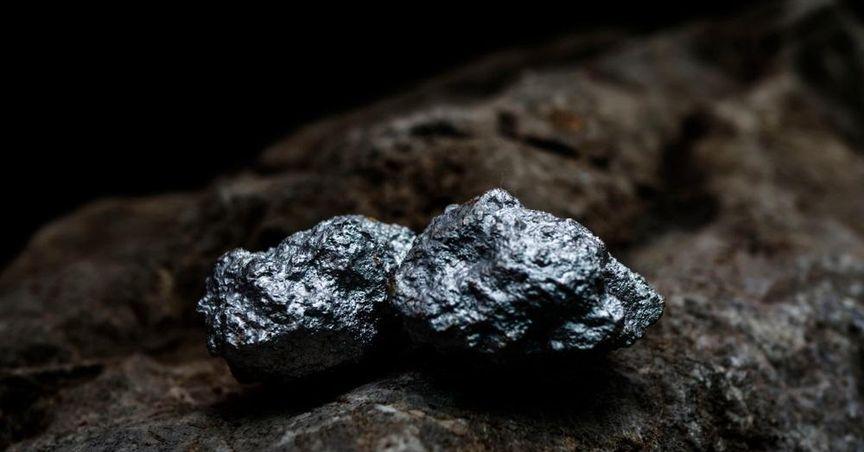Highlights:
Tocvan (TSXV:TOC) reported results from channel sampling at the Gran Pilar project in Sonora, Mexico.
The sampling program revealed mineralized zones along a defined structural corridor.
The corridor contains both gold and silver mineralization based on recent sampling data.
Tocvan Ventures Corp. (TSXV:TOC), operating in the metals and mining sector and listed on the TSX Venture Composite Index (JX) and TSX Smallcap Index (TXT), has announced recent developments at its Gran Pilar project located in Sonora, Mexico. The company reported findings from a surface exploration program that focused on identifying new mineralized zones within the property.
Channel Sampling Results from Gran Pilar
A series of channel samples were collected from exposed outcrop areas at the Gran Pilar project. The sampling aimed to map the extent of visible mineralization within a structural corridor previously defined by geologic mapping. The results highlighted segments that contain both gold and silver mineralization along a trend traced at surface.
The corridor is associated with a shear zone structure that extends through the Gran Pilar property. Sampling was carried out in multiple parallel trenches spaced across the corridor. Each trench returned mineralized sections, and the structural features were found to align with broader geologic patterns identified in past exploration.
Structural Corridor Extending Across Property
The corridor follows a northwest-southeast orientation and is characterized by shear-related alteration zones, quartz veining, and oxidized rock material. These geologic features are consistent with the mineralized zones sampled during the latest program. Surface mapping efforts were undertaken to verify the continuity of this corridor across the central part of the project area.
Geologists involved in the program documented the rock types, vein orientations, and alteration textures present along the corridor. These findings support the presence of sustained mineralization across surface exposures. The corridor is positioned within a zone that includes historical workings and small-scale pits.
Gran Pilar’s Mineral Trends and Vein Features
The identified corridor exhibits quartz-carbonate vein features, with some sections containing oxidized sulfide minerals. The alteration patterns observed in the channel samples include iron oxides and silica flooding, consistent with near-surface weathering of sulfide-rich zones.
The orientation of veining and associated shear features aligns with regional fault systems mapped in Sonora. These structural controls have been identified as key to mineral localization at several properties in the broader region. Gran Pilar appears to share similar structural characteristics that have shaped mineralization patterns elsewhere.
Next Steps for Project Work
Tocvan’s current focus at Gran Pilar centers on surface exploration and mapping. The corridor identified through channel sampling forms a core area for future activities, which may include geophysical surveys and detailed geological modeling. These efforts are aimed at refining the understanding of mineral distribution within the corridor.
The company has completed initial mapping and sample analysis and is now documenting structural details to define the scale of mineralized zones. Future exploration may expand to cover adjacent areas along the structural trend that exhibit similar surface features.
Overview of Project Setting and Regional Geology
Gran Pilar is located in the state of Sonora, a region recognized for its concentration of precious and base metal projects. The surrounding area contains active exploration sites and established mining operations. The geology of the region includes volcanic, sedimentary, and intrusive units that host structurally controlled mineral deposits.
The project area’s topography and access routes support continued surface work. The sampling program at Gran Pilar has focused on accessible outcrops and historical workings to build an initial dataset for evaluating mineral trends across the property.






